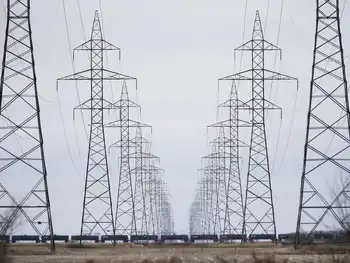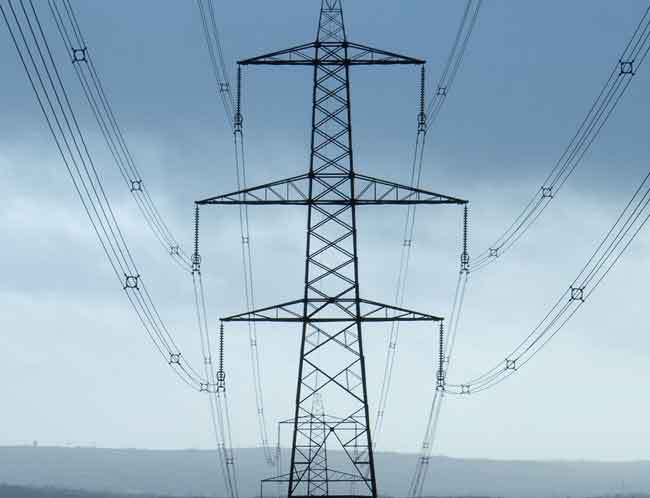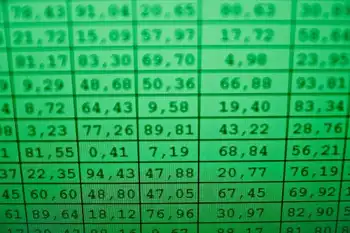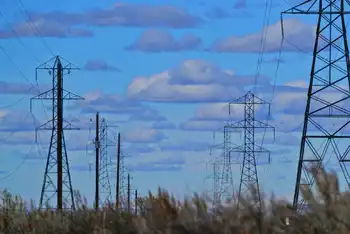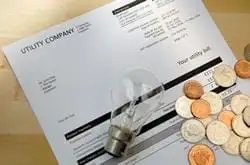Clean coal not exactly pure
By Oregon Daily Emerald
Substation Relay Protection Training
Our customized live online or in‑person group training can be delivered to your staff at your location.

- Live Online
- 12 hours Instructor-led
- Group Training Available
ThatÂ’s what the Obama administration and the coal industry would have us all believe, but thereÂ’s just one problem. Coal isnÂ’t clean, at all. ItÂ’s a problem though, because we either need it to be clean or we need it gone.
Electricity is the single largest greenhouse-gas-emitting sector of the national energy equation, and coal supplies half of our enormous demand for it, so itÂ’s pretty unfortunate that it also happens to be the dirtiest of any of the fossil fuels. Supposedly thatÂ’s about to change, though, amidst increasing political pressure for coal to clean up its act.
A few initiatives in particular caught my eye recently as I searched to find out more about this elusive, somewhat mysterious idea of clean coal.
One such project, a new coal plant to be built in Mattoon, Ill., is called FutureGen and claims it will be the first “near-zero” emissions coal plant. The FutureGen Web site says it will capture and transport a minimum of 100 metric tons of CO2 it will produce every year to an underground site in Canada where it will be deposited and therefore not contribute those emissions to the warming atmosphere. (Hooray!)
Yet nowhere on its Web site does it account for the emissions it will produce in the construction process, transportation of the liquid coal to the depository site, or basic plant operations. Hmm — so not actually emissions free will you be, FutureGen?
On a less conceptual note, one already existent coal plant, American ElectricÂ’s Mountaineer plant in New Haven, W.V., became the first coal-fired power plant in the U.S. to capture and store some of its carbon dioxide emissions last month. The company plans to inject about 100,000 tons of the plantÂ’s emissions for the first few years, reducing its carbon footprint annually by about 1.5 percent. ThatÂ’s commendable in the context of the situation, where competitors have largely done zilch, but the environmental payoff is still small considering the approximately $100 million-bill.
Actually though, I’m still a little stuck on this whole notion of putting the emissions underground. When “stored,” CO2 is first converted to a liquid-like substance known as supercritical fluid, then transported and injected 3,000 feet into the earth where it remains indefinitely.
Is it just me, or does this seem like some sort of escapism? The coal plant still does its normal thing, but then hides the evidence. It feels more like an “out of sight, out of mind” situation that got out of hand than a viable option for helping to avert climate change.
And itÂ’s not affordable. For how much the fossil fuel lobbyists complain that renewables are not commercially viable, they should really look in the mirror on this one.
There are provisions for coal in the Senate climate bill, though, to help with the high costs of the emerging carbon capture and storage technologies which would provide advance payments to coal plants to take measures to reduce their emissions.
The coal industry is asking for much more though; it wants production tax credits for liquid coal, loan guarantees, construction grants (like that approved for FutureGen to the tune of a billion dollars), and even that the Department of Defense be required to purchase a certain amount of its energy from clean coal at a set price.
And of course that tab would be passed right along to the taxpayer. And it’s there that I have to quit lobbing softballs and draw the line. No more optimism for “clean coal” if I and mine as well as you and yours are going to be the ones footing the bill.
The choices we must make about how to power this country in the future have reached a critical point. It basically comes down to choosing between continuing to use finite natural resources that produce waste harmful to earth systems, or harnessing the energy that occurs freely and naturally on a constant basis and which creates no waste.
Why anyone would promote the former is beyond me. Leave money out of the conversation for two seconds and thereÂ’s no contest. And even with money in the equation, investing in clean, renewable energy makes more sense than putting that same money into finding supposedly more efficient ways of hiding our pollution.
ItÂ’s time to move beyond it: clean coal is no coal.





